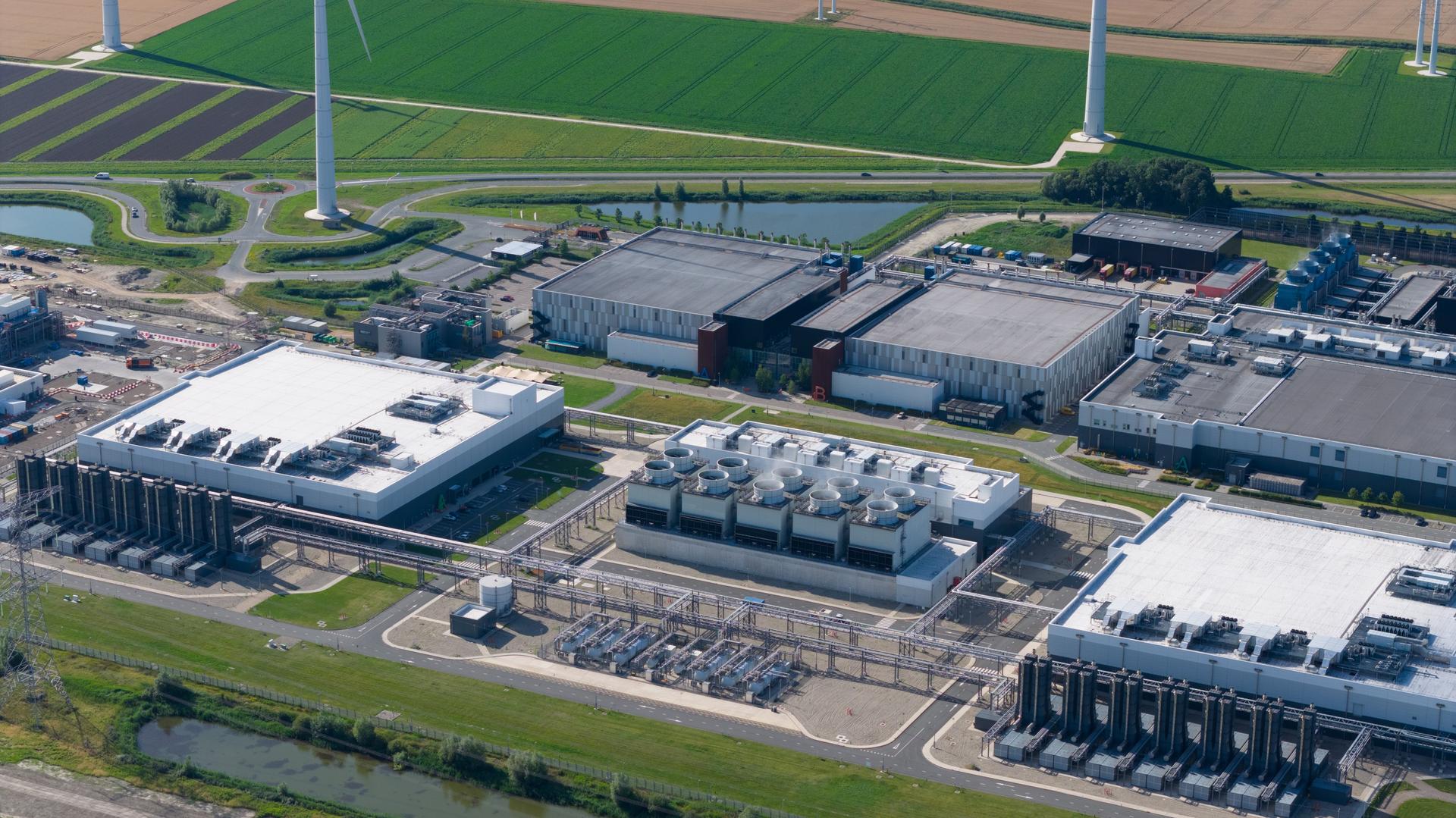Featured insights
Featured insights

| December 9, 2025
Biodiversity and nature-based solutions for data centres: development and operational strategies
Explore how innovative solutions in data centre development and operation integrate biodiversity and nature-based solutions (NbS), providing net positive outcomes through economic, social and environmental benefits at every stage of the lifecycle.

| December 9, 2025
Data centre site selection: criteria for successful development
Choosing the right location for data centres is crucial to their success. Discover how early-stage assessments can prevent delays and ensure project efficiency. Explore the key factors in site selection, from technical needs to environmental and social considerations.

| December 8, 2025
Understanding housing as essential infrastructure
One of the most compelling themes within the recent report, The Copenhagen Way, focused on housing as essential infrastructure. We caught up with Jonathan Martins, Ramboll Management Consulting’s Global Industry Lead for Building & Cities, to learn how housing can be reimagined as a cornerstone of Europe’s resilient future.
| December 4, 2025
Design codes: The Trojan Horse of climate resilience
Climate change is no longer something we can avoid. It is now something we must learn to live with. As global temperatures continue to rise, the real question becomes how we adapt, endure, and navigate the shocks ahead.

| December 2, 2025
How to use water wisely in data centres
Data centres are the backbone of our global information infrastructure but can pose environmental challenges. We explore how data centres can use our precious water resources with care, ensuring operational resilience and positive impacts on local water resources.

| December 1, 2025
Resilient urban waterfronts: Strategies for climate adaptation
How can we create more nature in our cities, while shaping resilient and sustainable communities along urban waterfronts? And can this very nature become our protection, helping to safeguard urban areas, rather than relying on more hardscapes? These are just some of the questions a compelling recent publication seeks to answer.
| November 19, 2025
Proposed changes to the GHG Protocol scope 2 guidance
The Greenhouse Gas Protocol has released new draft guidance for scope 2 emissions accounting. Our experts highlight the key proposed changes and how to address them.
| November 11, 2025
Is resource autonomy the new circular economy?
In an era of escalating resource scarcity and geopolitical instability, the concept of resource autonomy is rapidly gaining traction as a strategic imperative. This article explores how resource autonomy not only complements but potentially supersedes the circular economy as a framework for future-proofing industrial systems.
| November 6, 2025
Climate risks in data centre infrastructure: Learn strategies to reduce threats
Rising risks, from heatwaves to water scarcity, are reshaping the future of digital infrastructure and data centres. A report from Ramboll examines the climate risks for data centre infrastructure and provides guidance for operators, developers, and investors to mitigate them.
| November 4, 2025
Light rail success factors: 6 best practices for LRT projects
With growing momentum for light rail transit (LTR) across Europe, this article explores a range of best practices and case studies to reveal the common success factors for delivering light rail schemes. These include early public engagement, blended financing, integrated urban planning, and climate resilience measures.
...